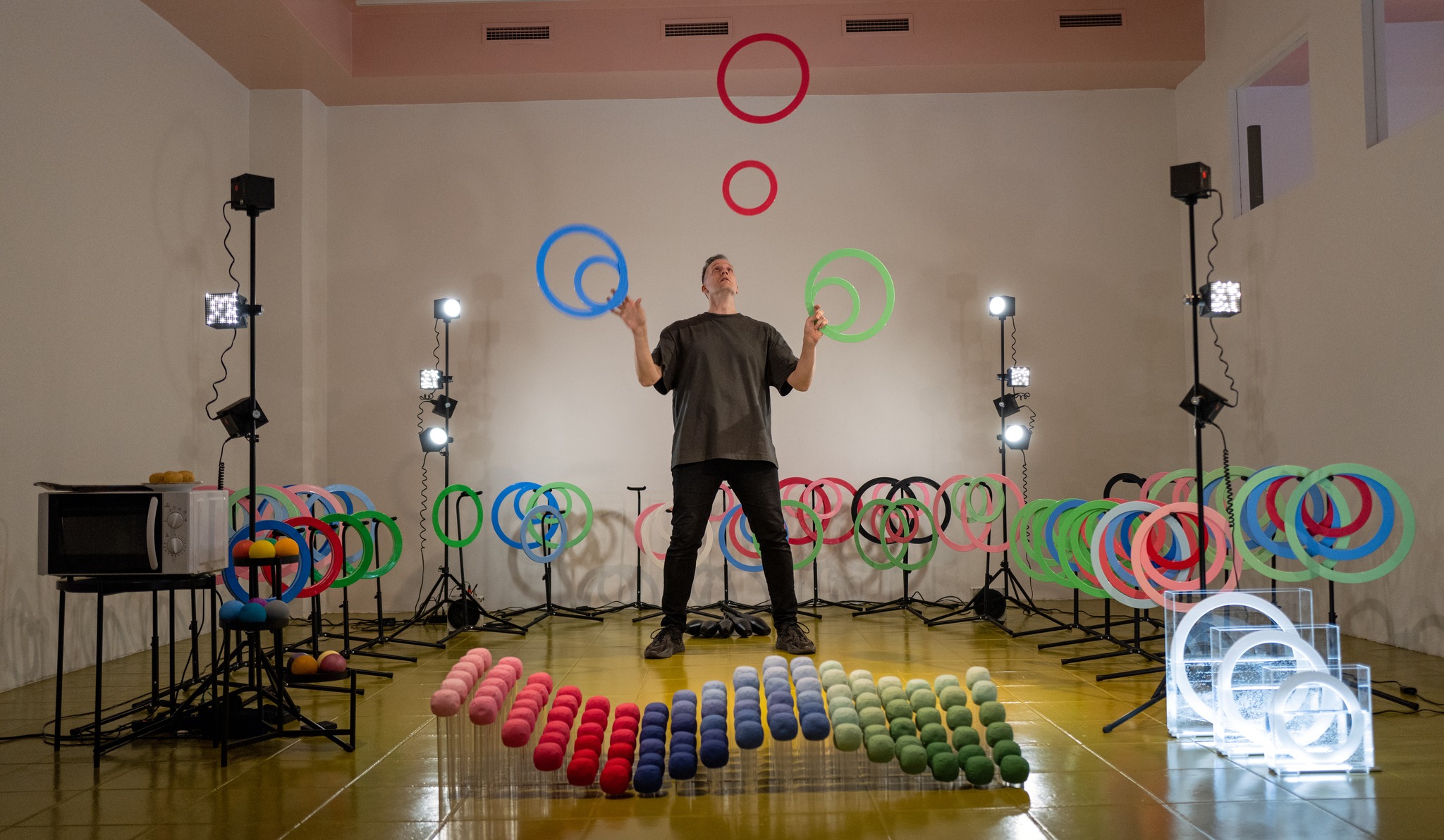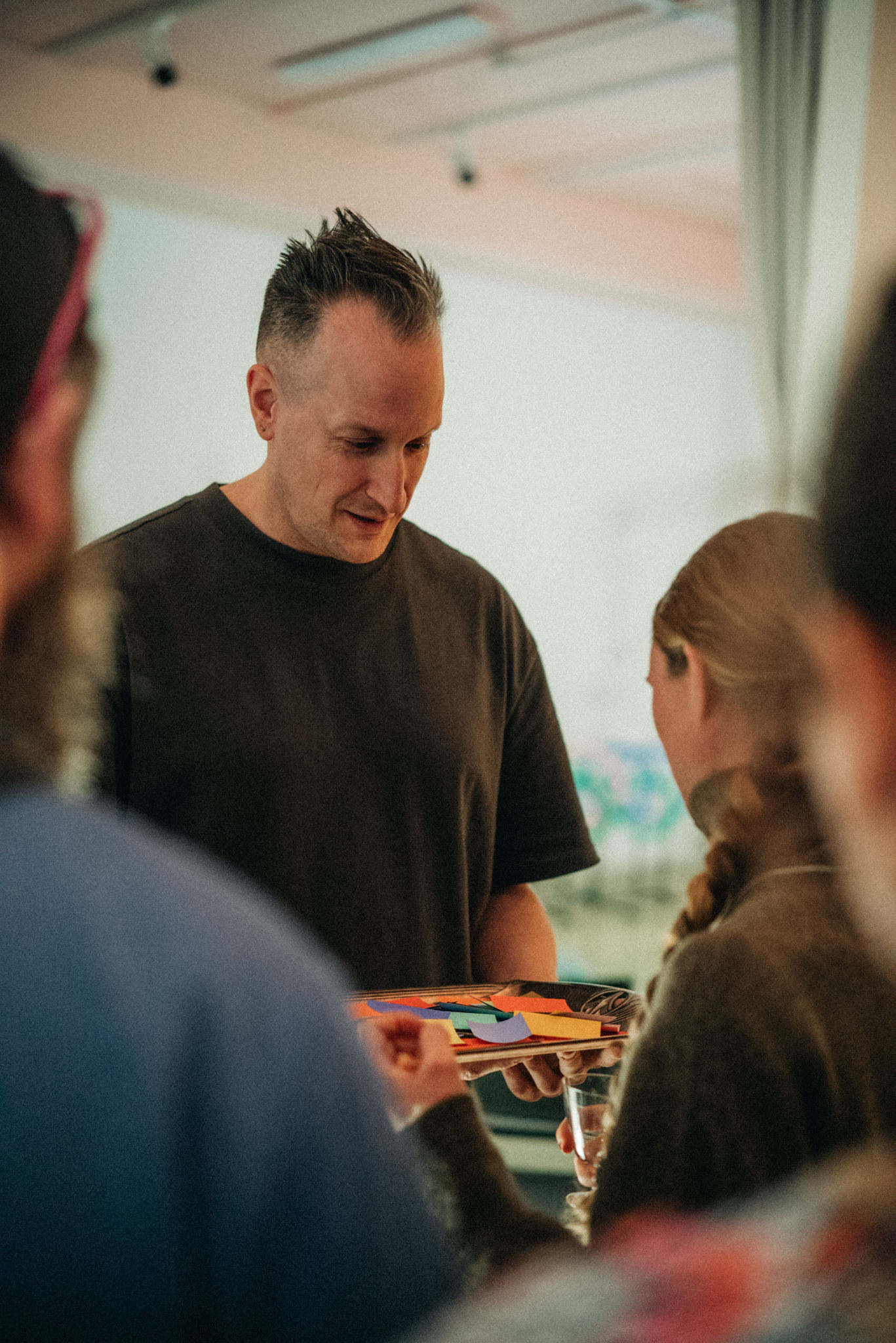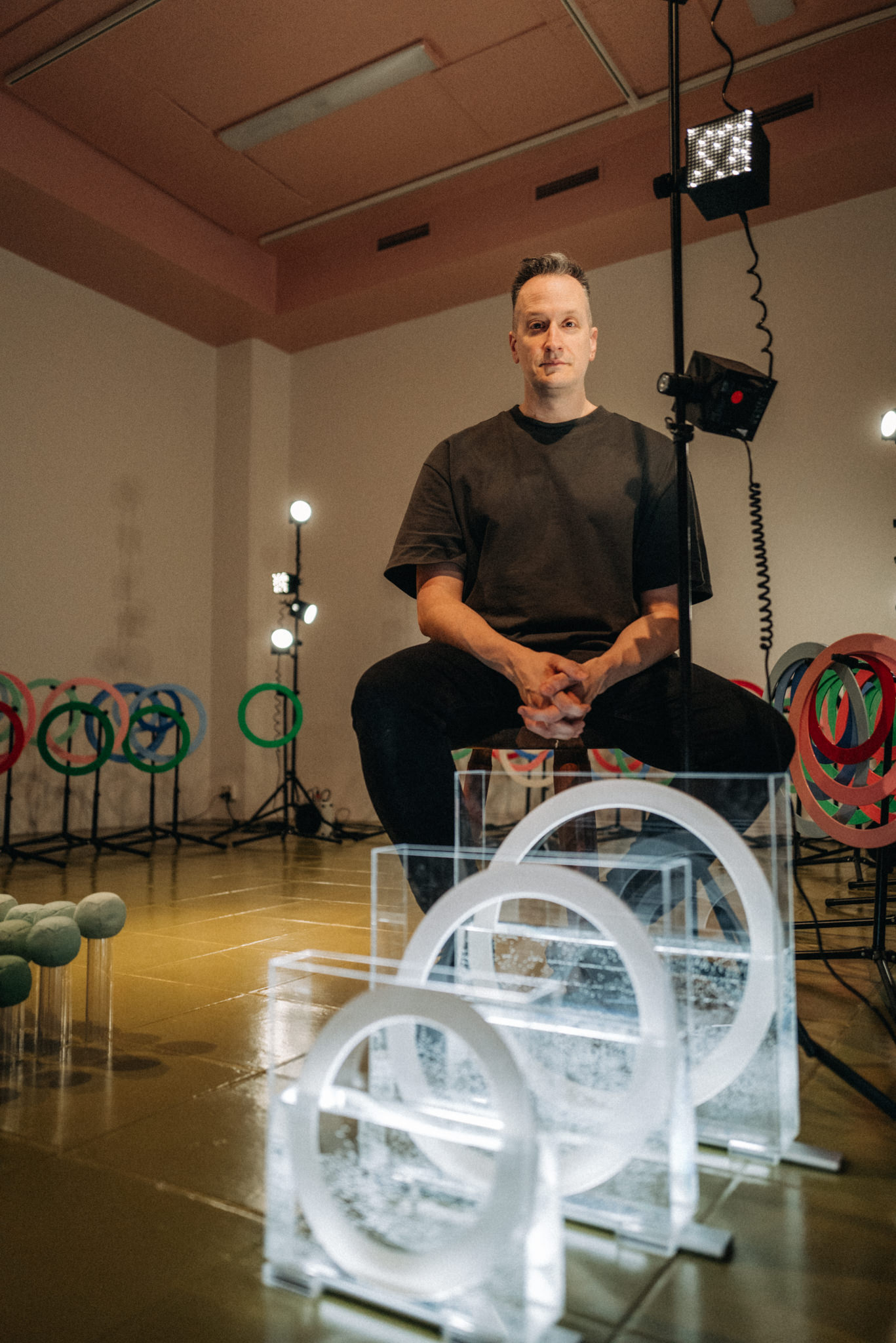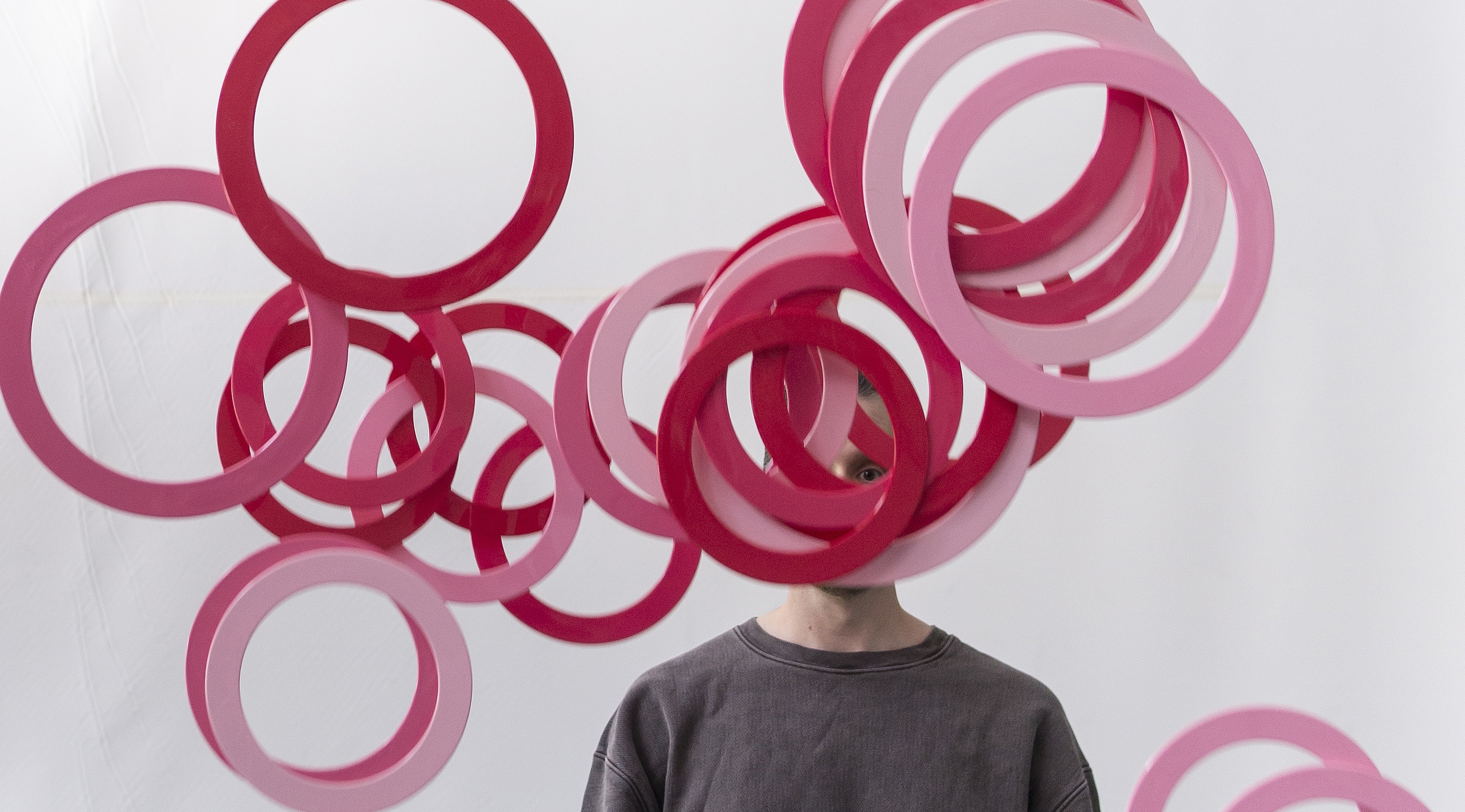Another Sunset
Sunsets on Mars are blue. Inspired by this inversion of the familiar, Another Sunset uses juggling with color to explore how perception is shaped by light, context, and change. The performance reimagines juggling not only as spectacle but as visual art, creating shifting patterns of motion and color that invite audiences to see differently.

Overview:
Juggling has only been around for about 125 years in the form of entertainment that we recognize today. People have been throwing and catching for far longer than that, but the modern image of juggling- the kind presented on stage, in circuses, or on television- has a history just over a century old. And in the last 40 years it has evolved into an art form, with jugglers exploring the medium not just as a technical display but as a language of movement, rhythm, and visual expression. I have dedicated the past 30 years of my life to working with juggling as a style of visual art, treating it as seriously as one might explore painting, music, or dance.
Juggling is fundamentally a visual experience for the audience. They don’t feel the weight of the objects, or understand the internal technical details- they see patterns of movement and arcs of flight. Yet, despite this obvious visual foundation, no one has ever made a formal investigation of color in juggling. Historically the objects have often been brightly painted, but primarily for visibility on stage. Rarely has color itself been explored as an intentional artistic element, a tool to shape perception and meaning. This is where my project begins: with the question of what happens when juggling embraces color not only as decoration but as the very subject of the work.
The title of the show comes from a remarkable fact: on Mars sunsets are blue rather than red, as they are here on Earth. The Martian atmosphere contains such an abundance of dust that it filters out nearly all wavelengths of light except blue, producing an otherworldly inversion of the familiar. For me, this phenomenon is more than a scientific curiosity- it is a reminder of how perception is shaped by environment, by context, by the unseen conditions that frame what we see. Another Sunset uses this phenomenon as a starting point. Just as a Martian sunset overturns what we assume to be universal, this work uses color in juggling to reframe what the art form can be.
“In the past, painters such as Michelangelo and Rembrandt used colors to serve their vision, almost enslaving them. Kandinsky reversed this, asking instead: What do you want to say, Blue? Or Red? And how can I be a mediator of what Yellow wants to say?"
- Ivar Heckscher
"Jay Gilligan takes inspiration from Michael Moshen and Derek Delgaudio, toying with gravity and physics in ways I've never seen before...
Check it out! Bravo!"
- Neil Patrick Harris, Actor & Producer
"Jay challenges you to define what juggling is in your mind and changes your preconceived notions about the nature or movement and patterns... You think you're going to see a juggler, then you find out you have no idea what a juggler is!"
- Théater Pizzas Review, NYC
Production Details:
Company:
Shaking the Sky
Show Title:
Another Sunset
Performers:
Performer:
Jay Gilligan (USA/SWE)
Length:
45 minutes
Target Audience:
All Ages
Language:
English (a non-verbal version of the show is also available)
Performance Space:
Cleared and clean 5x5 meter floorspace, minimum 3 meter ceiling height. Blackout not required.
Technical Requirements:
One standard 220v electrical outlet or extension cord near the performance area.
Load in Time:
4 hours prior to showtime.
Load Out Time:
1 hour after the last audience member has left.
Shoe Size:
Production Details:
Company:
Shaking the Sky
Show Title:
Another Sunset
Performers:
Performer:
Jay Gilligan (USA/SWE)
Length:
45 minutes
Target Audience:
All Ages
Language:
English (a non-verbal version of the show is also available)
Performance Space:
Cleared and clean 5x5 meter floorspace, minimum 3 meter ceiling height. Blackout not required.
Technical Requirements:
One standard 220v electrical outlet or extension cord near the performance area.
Load in Time:
4 hours prior to showtime.
Load Out Time:
1 hour after the last audience member has left.
Shoe Size:
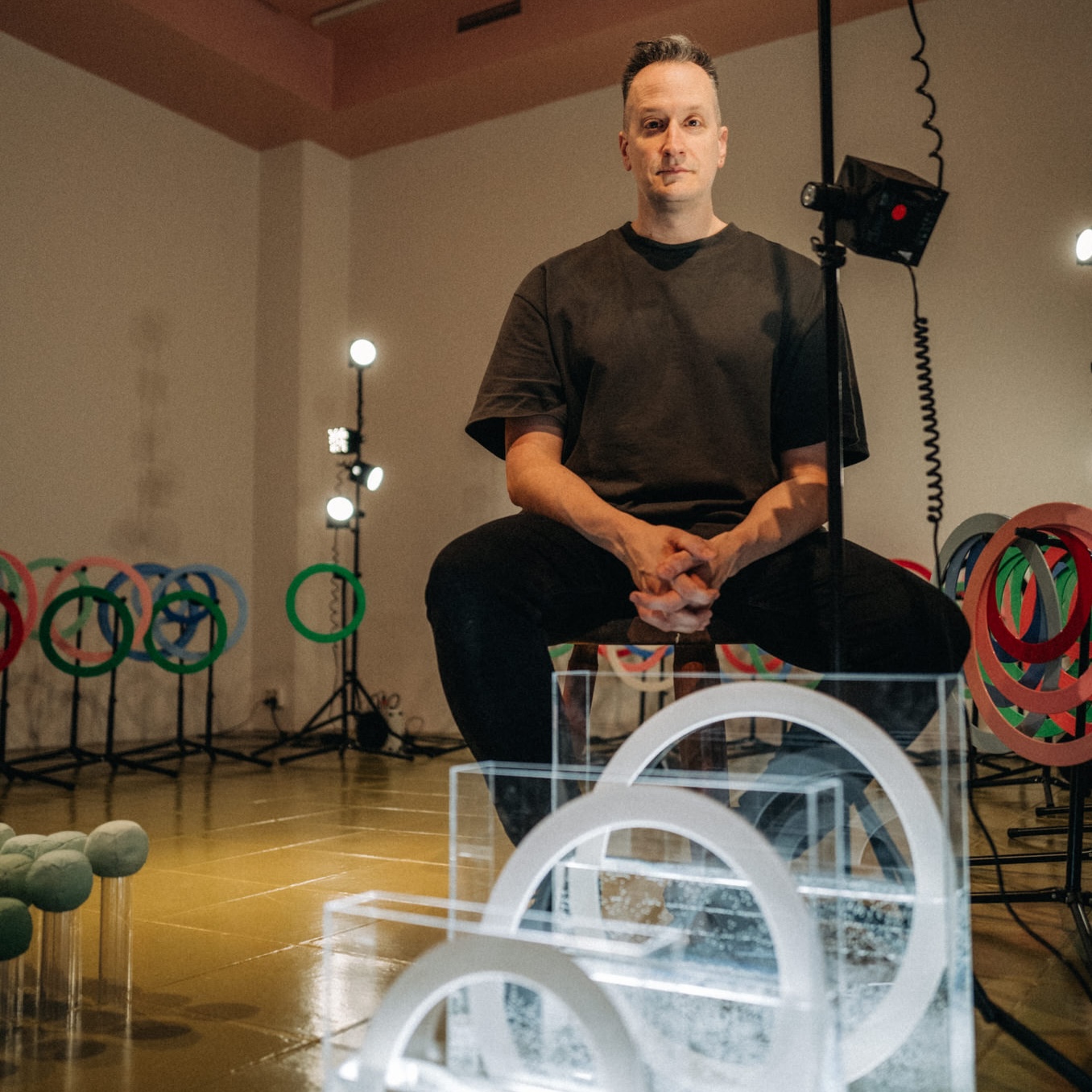
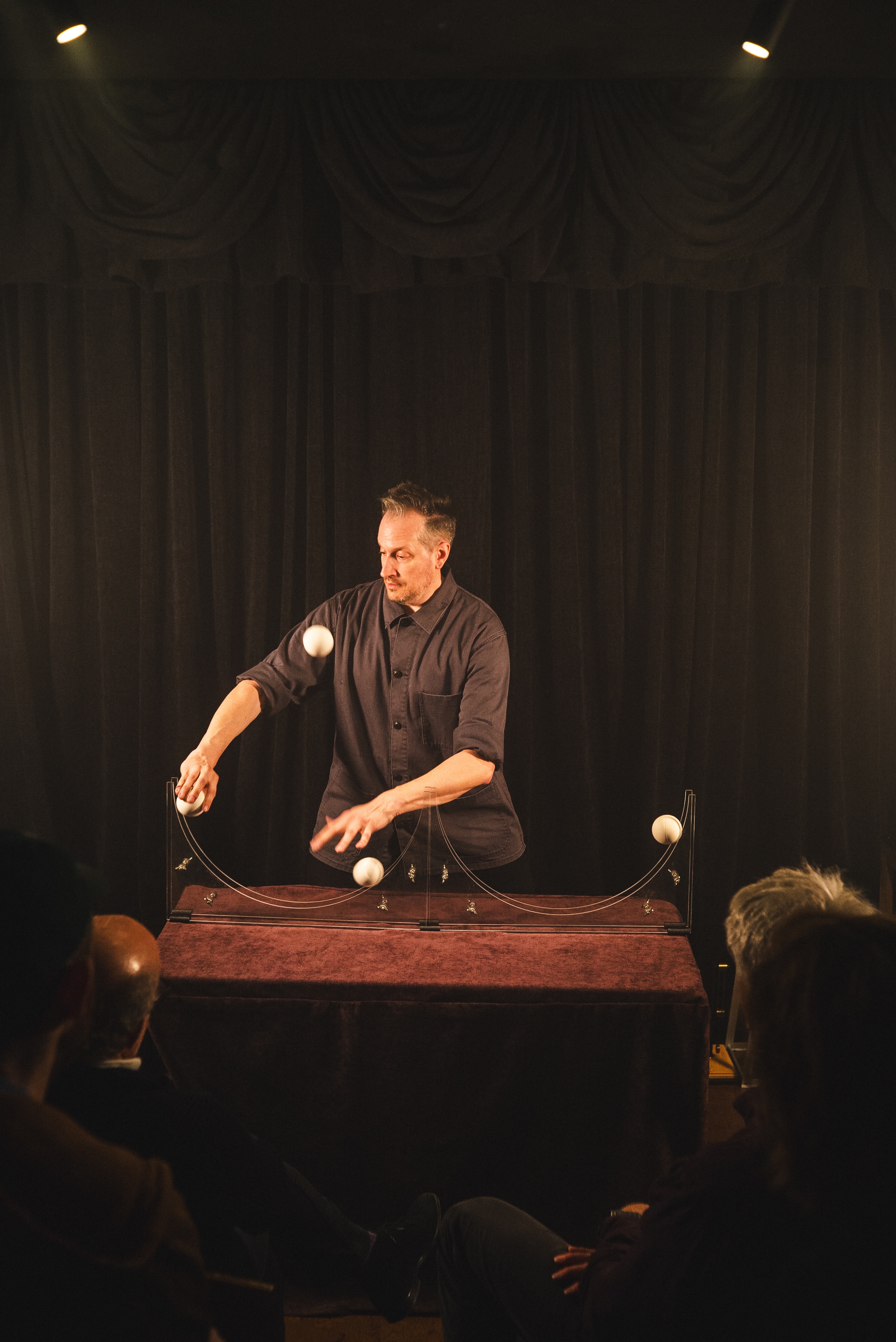
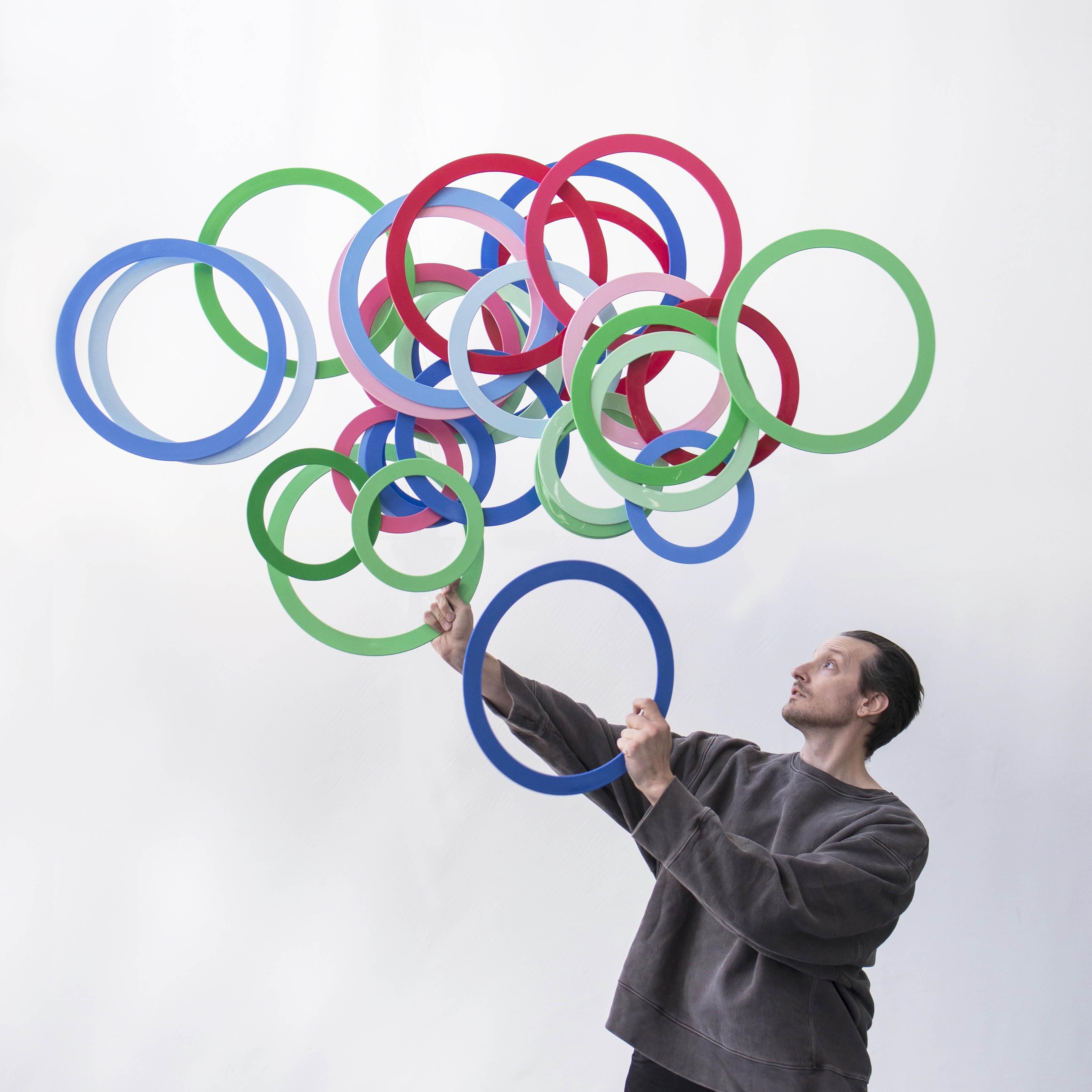
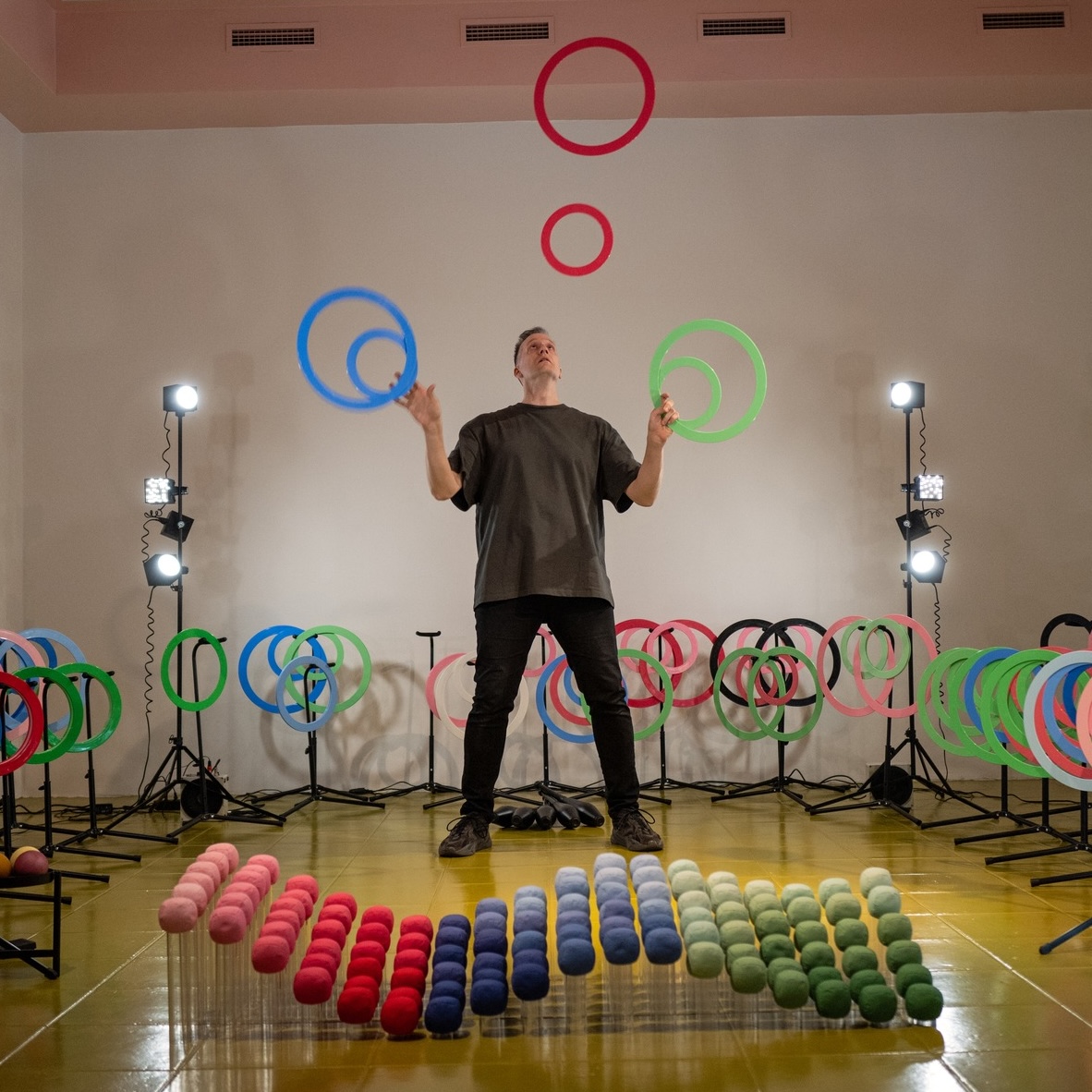
Juggling has only been around for about 125 years in the form of entertainment that we recognize today. People have been throwing and catching for far longer than that, but the modern image of juggling- the kind presented on stage, in circuses, or on television- has a history just over a century old. And in the last 40 years it has evolved into an art form, with jugglers exploring the medium not just as a technical display but as a language of movement, rhythm, and visual expression. I have dedicated the past 30 years of my life to working with juggling as a style of visual art, treating it as seriously as one might explore painting, music, or dance.
Juggling is fundamentally a visual experience for the audience. They don’t feel the weight of the objects, or understand the internal technical details- they see patterns of movement and arcs of flight. Yet, despite this obvious visual foundation, no one has ever made a formal investigation of color in juggling. Historically the objects have often been brightly painted, but primarily for visibility on stage. Rarely has color itself been explored as an intentional artistic element, a tool to shape perception and meaning. This is where my project begins: with the question of what happens when juggling embraces color not only as decoration but as the very subject of the work.
The title of the show comes from a remarkable fact: on Mars sunsets are blue rather than red, as they are here on Earth. The Martian atmosphere contains such an abundance of dust that it filters out nearly all wavelengths of light except blue, producing an otherworldly inversion of the familiar. For me, this phenomenon is more than a scientific curiosity- it is a reminder of how perception is shaped by environment, by context, by the unseen conditions that frame what we see. Another Sunset uses this phenomenon as a starting point. Just as a Martian sunset overturns what we assume to be universal, this work uses color in juggling to reframe what the art form can be.
“In the past, painters such as Michelangelo and Rembrandt used colors to serve their vision, almost enslaving them. Kandinsky reversed this, asking instead: What do you want to say, Blue? Or Red? And how can I be a mediator of what Yellow wants to say?"
- Ivar Heckscher
